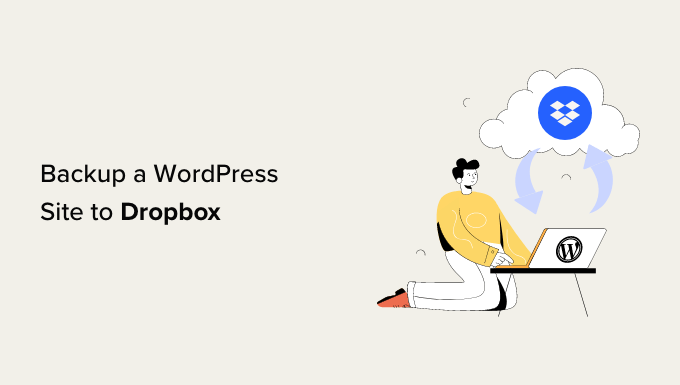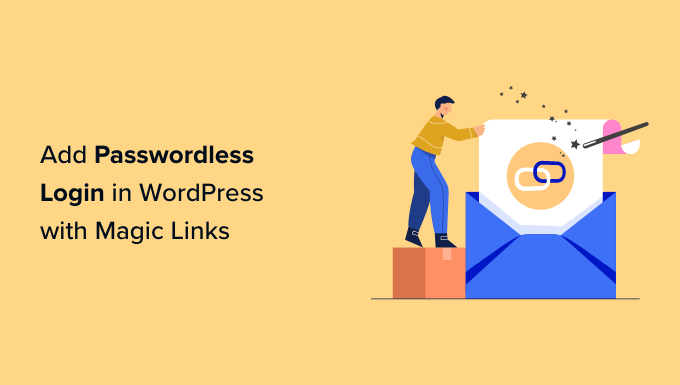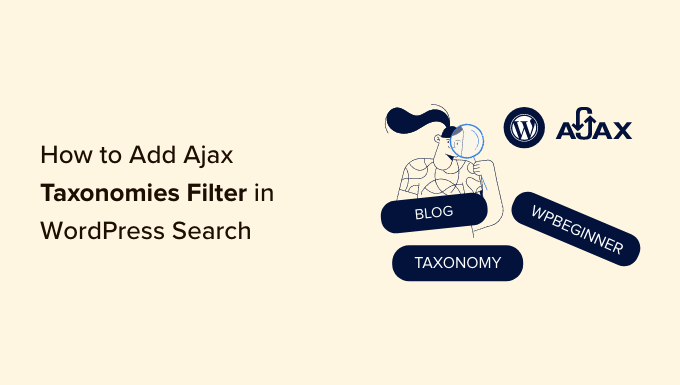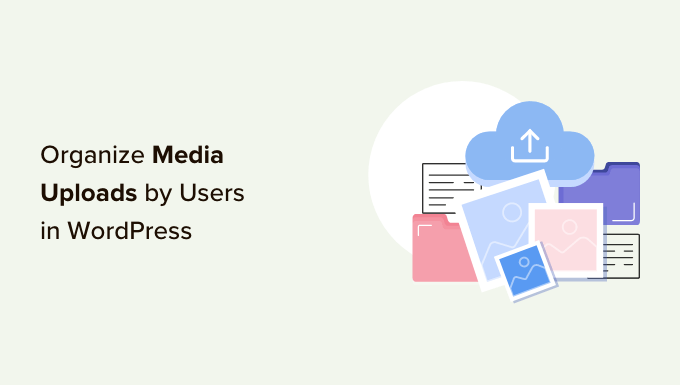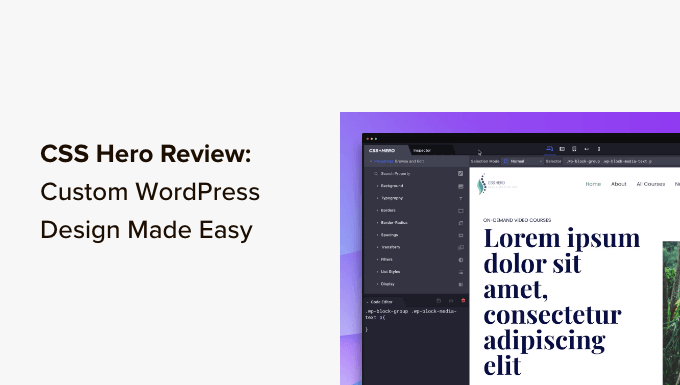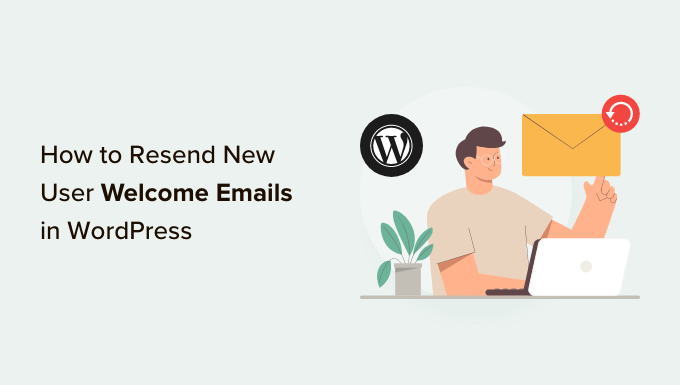How to Customize Child Page URLs in WordPress and Boost SEO
Are you looking to create clean and concise URLs for your child pages in WordPress? In this article, we’ll show you how to remove the parent page slug from a child page URL, improving the user experience and optimizing your site for search engines.
Why Remove the Parent Page Slug?
By default, WordPress includes the parent page slug in the URL structure of child pages. While this can be beneficial for SEO and organization, some users prefer shorter, cleaner URLs without the parent page slug. Removing the parent page slug can also prevent potential conflicts with permalink structures.
Using Child Pages Without the Parent Slug
Before we dive into the process, it’s important to note that if you don’t want a parent page slug in your child page URL, it’s best to avoid creating a child page altogether. Instead, you can create a standard page and use a navigation menu to indicate the hierarchical relationship between pages.
However, if you still want to use child pages without the parent page slug, let’s walk through the steps to achieve this.
Step-by-Step Guide to Remove the Parent Page Slug
To remove the parent page slug from a child page URL, follow these simple steps:
- Install and activate the Custom Permalinks plugin.
- Edit the child page you want to modify.
- Below the content area, locate the Custom Permalinks field.
- Click on the field and enter the desired custom URL for your child page.
- Save your changes by clicking the Update button.
Once you’ve saved the changes, the plugin will automatically redirect the old permalink to the new address. This ensures that visitors who access the old URL won’t encounter a 404 error.
Benefits of Customizing Child Page URLs
Customizing child page URLs offers several advantages. Firstly, it allows you to create more concise and user-friendly URLs, enhancing the overall user experience on your website. Additionally, cleaner URLs are more visually appealing and easier to share on social media platforms. From an SEO perspective, customized URLs can improve search engine visibility and make it easier for search bots to index your content.
Learn More About Pages and Child Pages
If you’re interested in mastering child pages and maximizing their potential, check out these other helpful guides:
- How to Create a Child Page in WordPress
- Displaying a List of Child Pages for a Parent Page in WordPress
- Better Page Management with Nested Pages in WordPress
- Creating Stunning Landing Pages with WordPress
Conclusion
By customizing your child page URLs in WordPress, you can create a more streamlined and user-friendly website. Removing the parent page slug is a simple process that can significantly improve the SEO and overall user experience of your website. Start customizing your child page URLs today and enjoy the benefits of cleaner, more concise URLs. If you want to learn more about WordPress and stay up-to-date with our latest tutorials, subscribe to our WpHolic YouTube Channel and follow us on Twitter and Facebook. Happy customizing!
